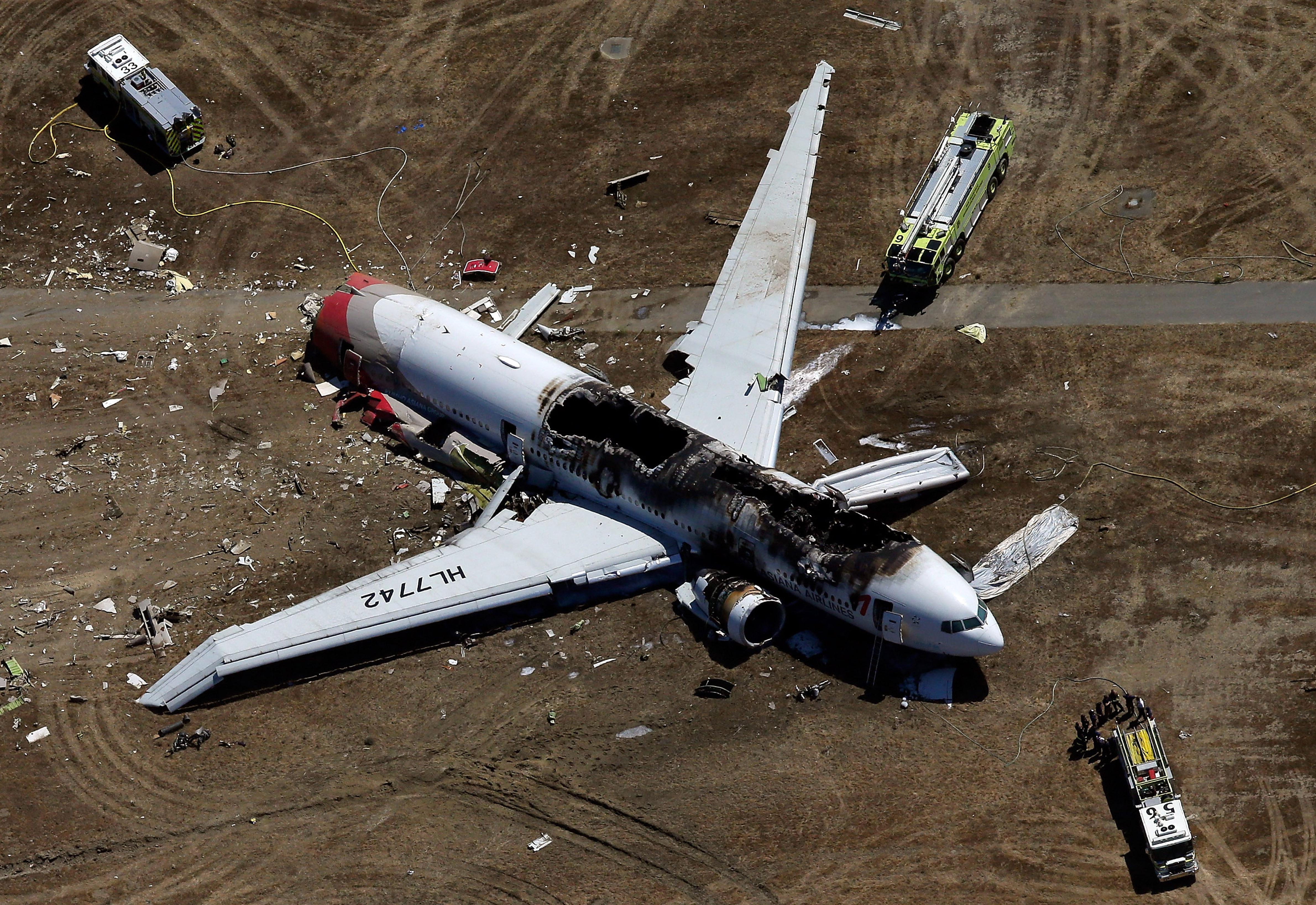If you’re a squeamish flier, here’s something to keep you up at night. After an 11-month investigation into the Asiana Airlines crash in San Francisco, National Transportation Safety Board released its findings on the accident on Tuesday. Pilot error was found to be the cause of the crash on the runway that killed three people in July 2013. Mistakes do happen, but it’s the type of human error that’s most unsettling: the pilots didn’t really understand the computer systems aboard the aircraft.
Here’s more from the Wall Street Journal:
During what should have been a routine approach to San Francisco with all airplane systems functioning properly, the pilots made a fundamentally wrong assumption, according to the board. They mistakenly believed that by arming the auto-throttle system, they were assured it would maintain safe approach speed, according to the board.
But when the pilot flying the plane switched the mode of the computerized flight controls—without understanding the effect of the change or alerting other crew members—the automatic throttle controls became inactive and the widebody jet’s speed fell dangerously low, according to the board’s findings. The crew failed to keep track of airspeed for more than two dozen seconds during a critical phase of the approach, the board said.
The NTSB also determined the pilots had insufficient training on the plane’s automated control systems. In the understatement of the year, acting NTSB head Christopher Hart told reporters: “We have learned that pilots must understand and command automation, and not become over-reliant on it.”
